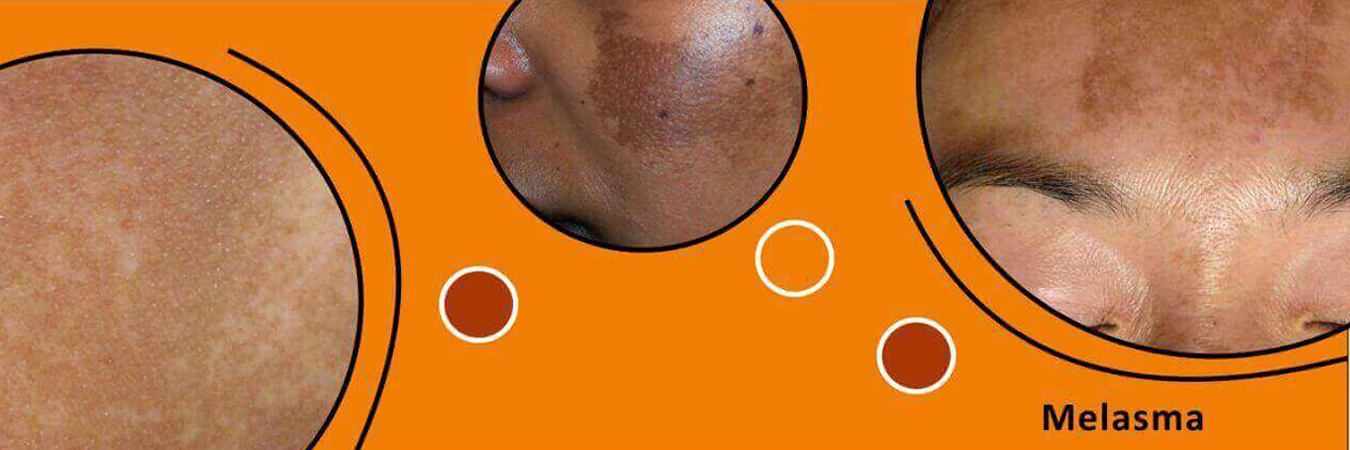


Dermatologists can diagnose most patients by looking at their skin. To see how deeply the melasma penetrates the skin, your dermatologist may look at your skin under a device called a Wood’s light.
Sometimes melasma can look like another skin condition. To rule out another skin condition, your dermatologist may need to remove a small bit of skin. This procedure is called a skin biopsy. A dermatologist can safely and quickly perform a skin biopsy during an office visit.
Your skin is made up of three layers. The outer layer is the epidermis, the middle is the dermis, and the deepest layer is the subcutis. It’s an organ – the largest organ – and it makes up about one-seventh of your body weight. Your skin is your barricade. It protects your bones, muscles, organs and everything else from the cold, from germs, sunshine, moisture, toxic substances, injury and more. It also helps regulate your body temperature, prevent hydration and feel sensations like the warmth of the stove, the fur on your dog’s belly and the pressure of someone else’s hand holding yours.
There are three types of melasma and they have to do with the depth of the pigment. A Wood’s lamp that emits black light may be used to determine the depth of the pigment. The three types are:
Epidermal: Epidermal melasma has a dark brown color, a well-defined border, appears obvious under black light and sometimes responds well to treatment.
Dermal: Dermal melasma has a light brown or bluish color, a blurry border, appears no differently under black light and doesn’t respond well to treatment.
Mixed melasma: Mixed melasma, which is the most common of the three, has both bluish and brown patches, shows a mixed pattern under black light and shows some response to treatment.
If you have wondered how to remove melasma permanently, then we unfortunately have bad news for you. Since this condition is chronic and does not currently have a cure, that means you may experience melasma flare-ups throughout your life. Fortunately, melasma can be lightened and managed, and you can maintain long-term results with diligent treatment and sun protective measures.
A HyraFacial treatment can improve your skin in a ton of ways. Its many benefits include a more hydrated, bright, plump, and clear complexion. Plus, it can also improve signs of aging. "The treatment reduces fine lines and wrinkles, increases firmness, evens tone, texture, and brown spots, as well as reducing enlarged pores.
There are many types of melasma treatments. These options can be used on their own or in conjunction with each other, as determined by your dermatologist. The most common treatments for melasma include the following: